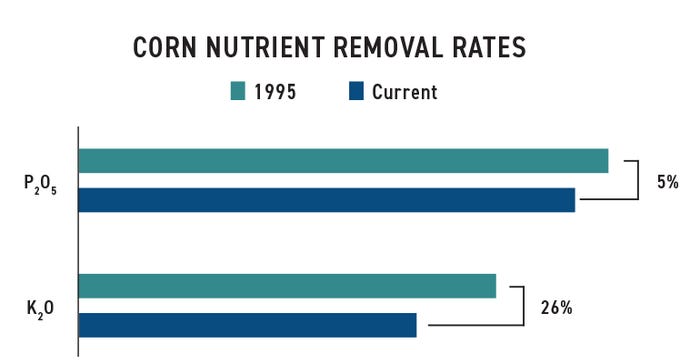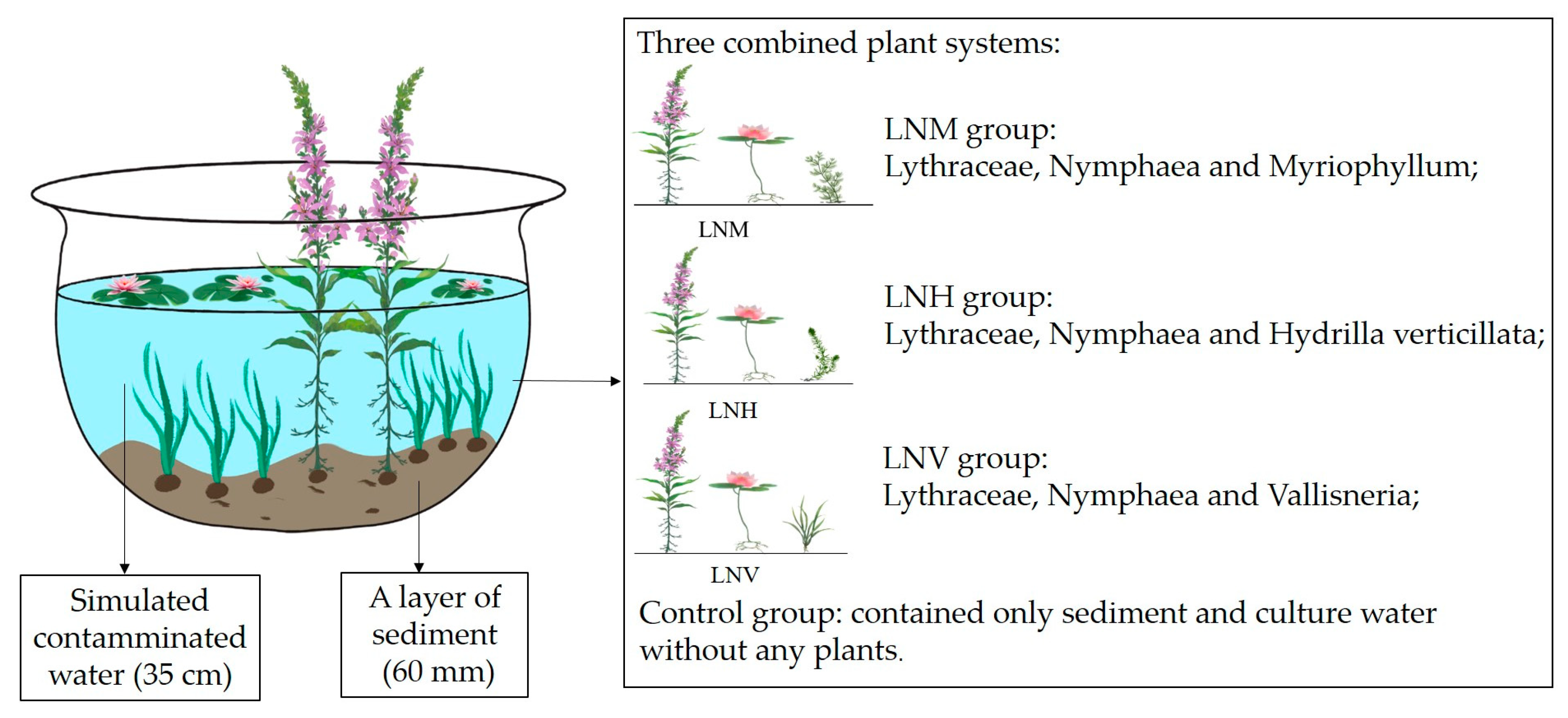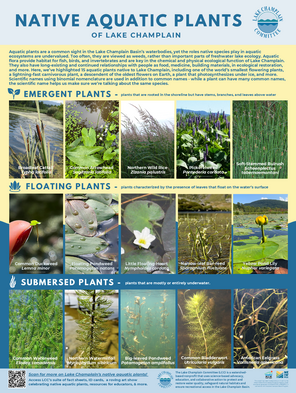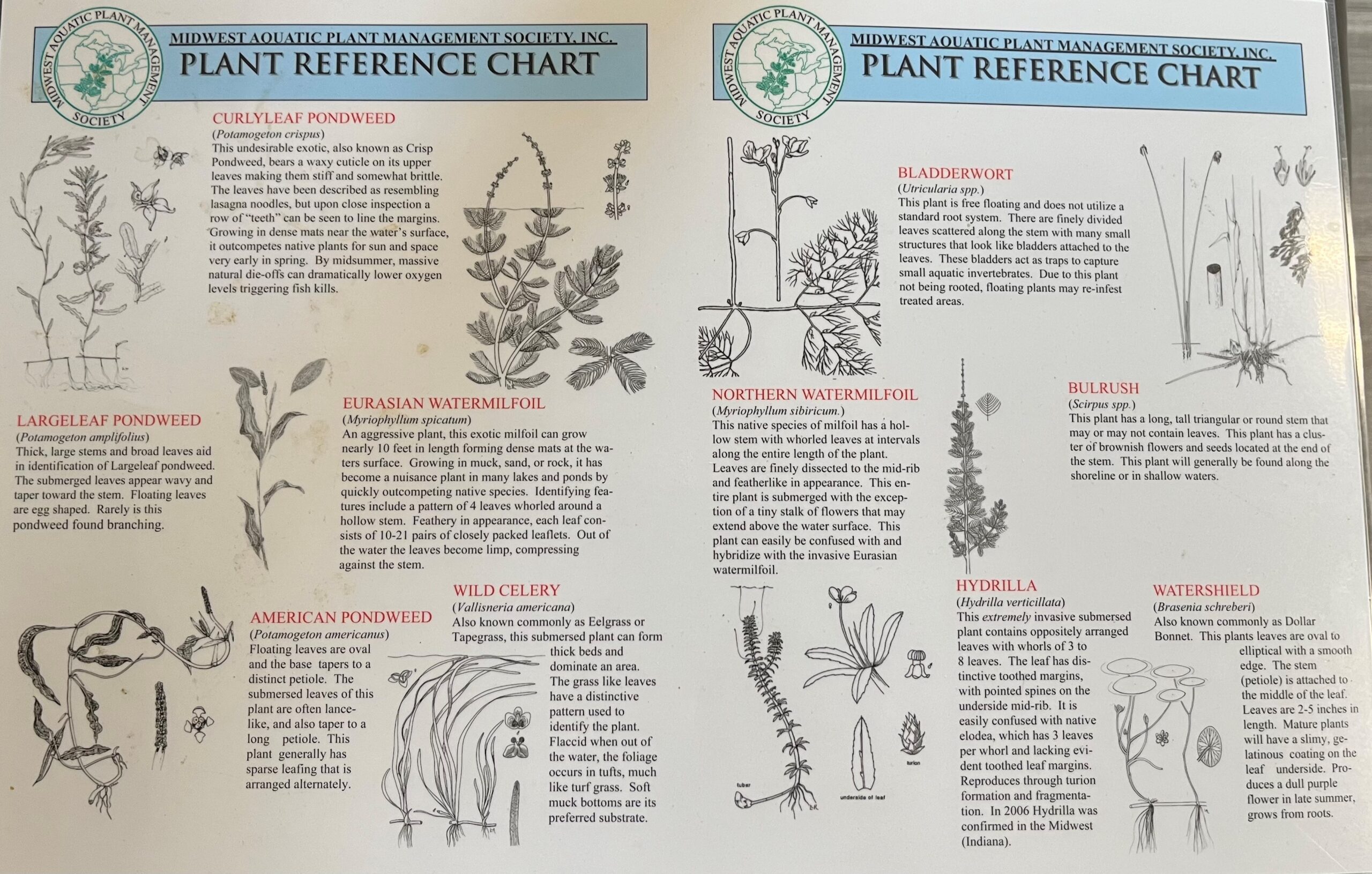Using native aquatic plants in both urban and rural landscapes serves an important role in maintaining water quality, enhancing biodiversity, and stabilizing ecosystems. These plants, often overlooked in favor of more exotic species, boast remarkable abilities to filter pollutants naturally, making them essential in our efforts to manage stormwater runoff and restore wetlands. By understanding how these plants work, you can create vibrant aquatic environments that not only beautify your surroundings but also support local wildlife and improve water clarity.
In this guide, you will learn how to select suitable native plants for your region, understand their filtration mechanisms, and discover best practices for establishing and maintaining them. The guide provides practical examples, outlining specific benefits associated with incorporating native aquatic plants into both urban and rural water management practices. Whether you’re an environmentalist seeking sustainable solutions or a DIY gardener wanting to enhance your landscape, this comprehensive guide will serve as your roadmap to nurturing nature’s living filters.
Choosing the Right Native Aquatic Plants for Your Region
Selecting the right native aquatic plants is pivotal for ensuring successful integration into your landscape. It’s essential to understand the distinction between native and non-native species; native plants are better adapted to local soil, climate, and water conditions. They’re also more resilient against local pests and diseases, meaning they require less maintenance from you.
Identifying Suitable Plants
To start, you’ll want to identify native plants that thrive in your specific climate zone. The United States is divided into several climate zones, ranging from temperate to tropical and arid. Resources such as local botanical gardens, native plant societies, or agricultural extension services can provide lists of recommended plants.
For example, Canna species excel in wetland areas and are well-known for their exceptional nutrient-removal capabilities. Additionally, Thalia dealbata and Iris pseudacorus can significantly enhance nutrient management in stormwater systems.
Native aquatic plants climate zone map (Source: Sanity.io)
Uncovering the Power of Aquatic Plants in Water Filtration
Native aquatic plants are efficient natural filters that improve water quality in wetlands and urban stormwater management systems. They absorb excess nutrients, such as nitrogen and phosphorus, which can contribute to water pollution.
Key Species for Filtration
Some of the most effective species include Canna, which can remove up to 99% of nitrogen and 92% of phosphorus from stormwater runoff. Thalia dealbata also shows impressive nitrogen removal rates. In contrast to mechanical systems, native plants typically remove a higher percentage of nutrients and sediment from water.
Integrating submerged and emergent plants offers multiple layers of filtration, which contributes to healthier ecosystems. For instance, cattails and bulrushes provide habitats for wildlife while filtering pollutants from the water.

Nutrient removal rates chart for native aquatic plants (Source: Contentstack)
Caring for Your Native Aquatic Plants: Best Practices and Tips
Once you’ve established your native aquatic plants, ongoing care is essential to promote their health and effectiveness in filtration. Understanding their specific soil and water needs is your first step.
Maintenance Practices
Regular maintenance includes pruning dead leaves, monitoring water levels, and ensuring a fertile substrate. Pay attention to any invasive species that might threaten your native plants’ health.
Emergent vegetation plays a significant role in sediment trapping. For example, plants like bulrushes can trap up to 95% of sediments, enhancing water clarity. Establishing these plants can often involve transplanting plugs or using pre-vegetated mats, which facilitate efficient rooting and growth.

Illustrative guide on care techniques for native aquatic plants (Source: MDPI)
Creating a Balanced Aquatic Ecosystem for Wildlife and Plants
A healthy aquatic ecosystem supports a diverse range of both plant and animal life. By selecting the right native aquatic plants, you can develop an environment that fosters thriving habitats for wildlife.
The Role of Native Plants
Native plants not only enhance water quality but also provide habitats and food sources for a variety of species. Integrating both flora and fauna into your ecosystem can lead to greater biodiversity. For example, the presence of fish helps control insect populations.
To maintain balance, ensure there is a variety of plant species. This diversity contributes to your ecosystem’s stability, making it more resilient to environmental changes.

Infographic of aquatic ecosystems (Source: Vectorstock)
The Multiple Benefits of Native Plants Beyond Filtration
The advantages of using native aquatic plants extend far beyond filtration; they provide significant ecological, economic, and social benefits.
Broad Ecological Benefits
Native plants enhance local ecosystems by offering numerous ecological services, such as carbon sequestration and creating habitats. Their adaptability and resilience mean they typically require less maintenance than traditional plants, leading to cost savings for public sector projects.
Research indicates that systems employing native plants can be significantly cheaper to install and maintain—by 50% to 70% compared to conventional treatments. These benefits highlight the value of these plants in urban planning and rural restoration efforts.

Cost comparison of using native aquatic plants (Source: Lake Champlain Committee)
Navigating Regulatory Guidelines for Native Aquatic Plant Use
Integrating native aquatic plants into urban water management involves understanding relevant regulations and guidelines.
Key Regulatory Frameworks
Regulatory frameworks like the Clean Water Act (CWA) provide guidance on how aquatic plants can be used in restoration and stormwater management. This includes obtaining necessary permits and conducting environmental impact assessments before starting projects.
Public health considerations are also critical; ensure that your native planting strategies do not create environments conducive to pests, such as mosquitoes. Being informed of guidelines from local environmental authorities can help you ensure compliance and contribute positively to public health.

Regulatory considerations flowchart (Source: Sustainable Forestry and Land Engineering Consultants)
Conclusion
Incorporating native aquatic plants into your water management practices is an effective strategy for enhancing water quality and promoting local ecosystems. By understanding how to select the right plants, care for them appropriately, and navigate regulatory frameworks, you can create thriving aquatic environments that offer substantial ecological and economic benefits.
As you explore the world of native aquatic plants, remember each decision you make contributes not only to the health of your landscape but also to the welfare of the larger ecosystem. Embrace nature’s living filters and play your part in fostering a sustainable environment.

